Plants To Propagate In Winter: 6 Of The Best Options For Cultivating Winter Cuttings
We usually associate propagation with spring, but there are a few plants you can grow from cuttings in cold months. We round up the best plants to propagate in winter

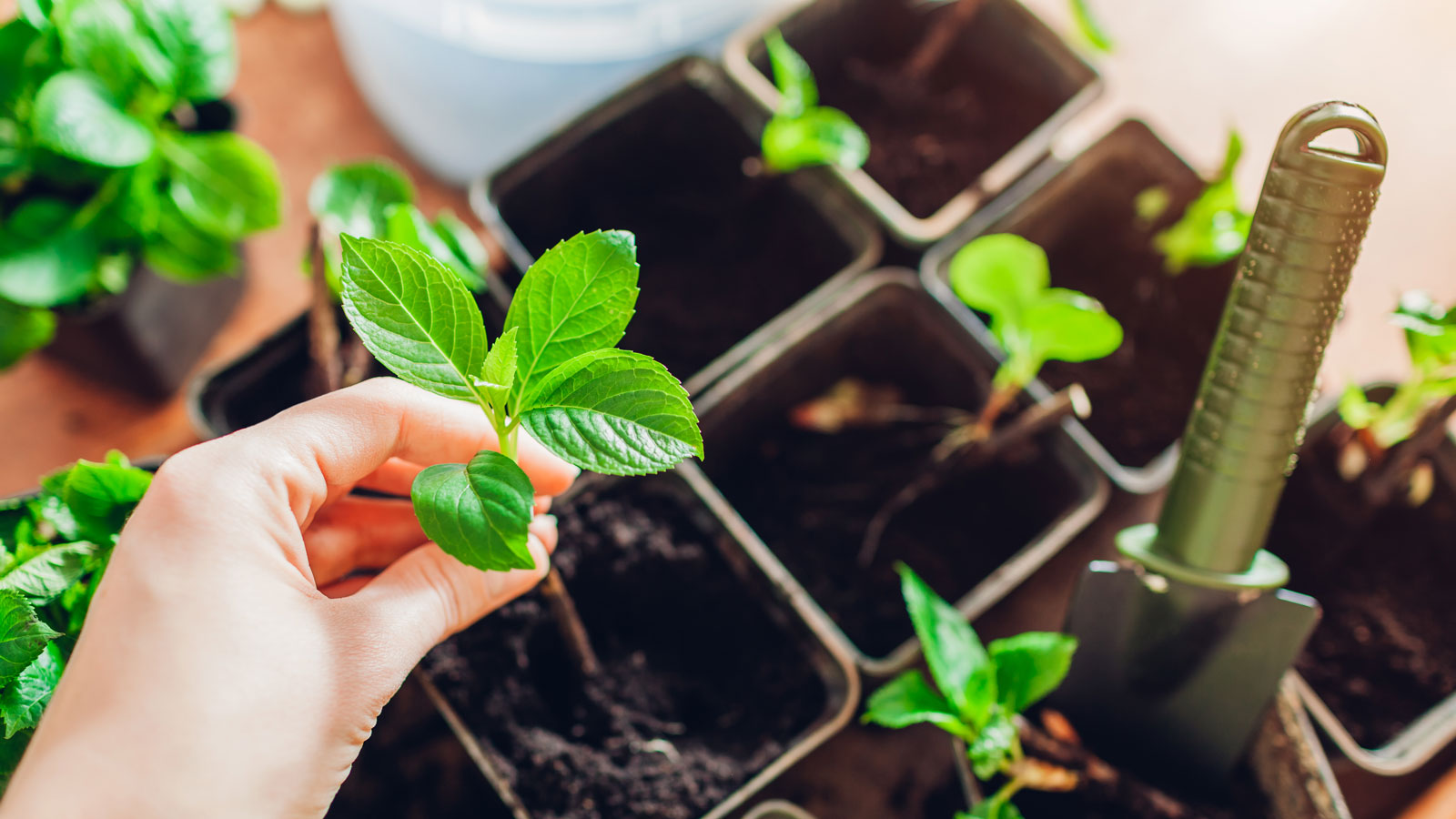
Wait, can you propagate in the winter? Before identifying plants to propagate in winter, let’s just clear up one tiny myth. Some people say you shouldn’t attempt to kickstart cuttings at this time of year, saying that chances of survival are slim due to lower levels of light and potential warmth. But depending on the plant, this can actually be a good time to propagate.
It’s easy to assume that cuttings can only be taken during the active growing season, but this isn’t true. Winter is the best time to take and root hardwood cuttings of many favorite garden plants. As well as growing cuttings in winter for outdoor plants you might be wondering, can you propagate houseplants in the winter? Yes, but they may take longer to root in winter. Save winter propagation for houseplants that root very easily, like peperomia and philodendron. Here, we round up some of the best plants to propagate in winter for even more healthy plants this year.
Choosing the Best Plants to Propagate in Winter
In the garden, the best plants to propagate in winter are woody. Woody shrubs, trees and vines produce fresh, softwood stems in spring and summer. By late fall and winter, those fresh shoots have hardened. These hardwood cuttings are fine for winter propagating. Most evergreens can't be propagated this way. It’s important to take hardwood cuttings while plants are still dormant. Once you see new growth in spring, it’s too late to use hardwood. You can root your hardwood cuttings in water or soil (or water and then soil), depending on the species.
Generally, in order to root cuttings from shrubs, you need to leave your cuttings somewhere that is not too cold and where they will stay moist. Humidity is essential for cuttings. Be patient, as they won’t develop roots until spring. Winter cuttings take months to be ready for planting outside. Propagation in winter can be a fun project while the garden is dormant. Here are some types of plants that can be propagated by hardwood cuttings this time of year.
1. Forsythia
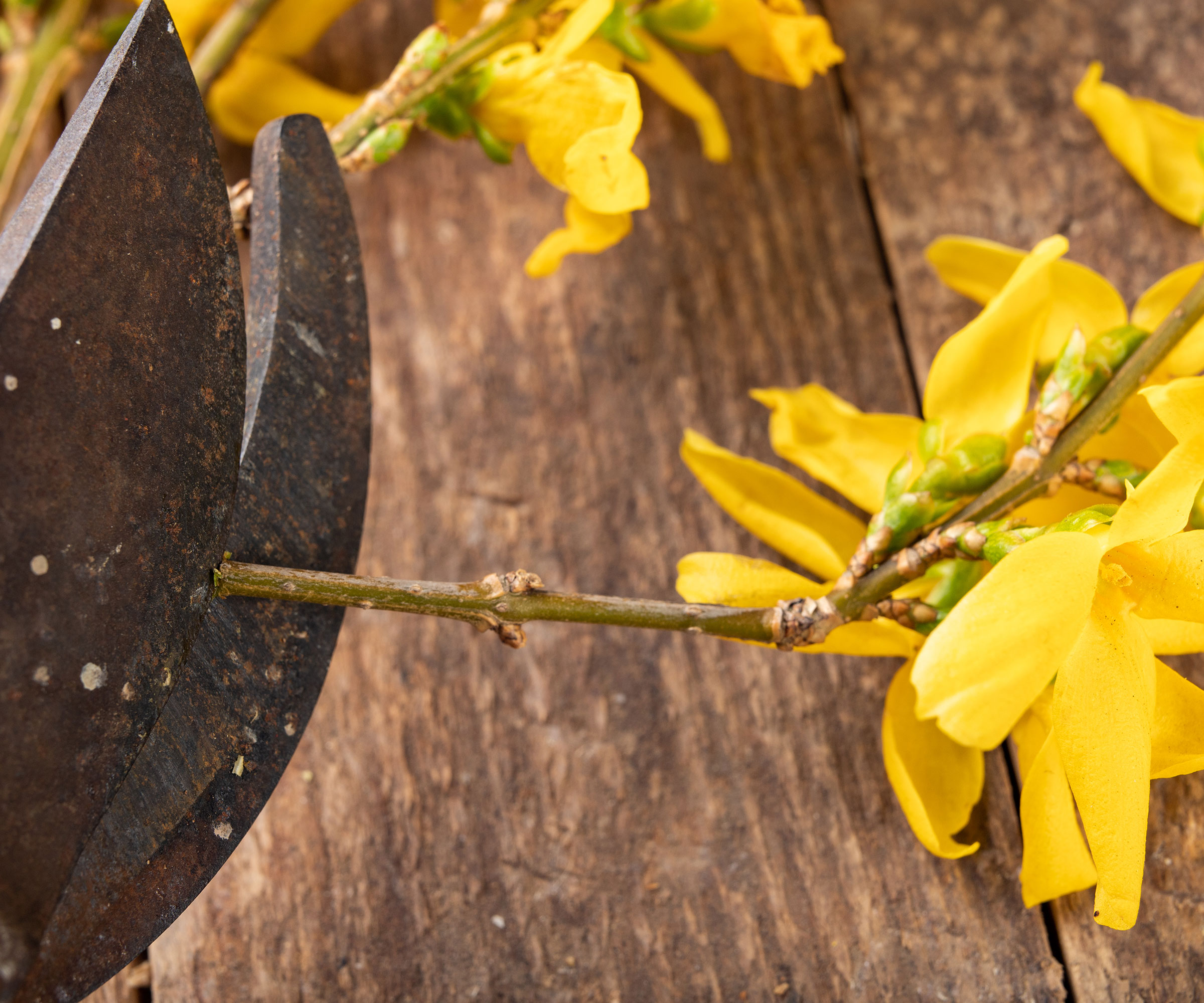
Forsythia x intermedia, also known as border forsythia, is a common and popular shrub. It is a spring beauty, bursting forth early in the season with a bright show of yellow blooms. Forsythia is not native to North America, but it grows well in USDA zones 5-8.
You can propagate your favorite forsythia in winter by taking hardwood cuttings. Avoid the softwood cuttings, which are better used for propagating in spring or summer. Take a cutting of old wood from forsythia bush varieties in late fall and throughout winter. Place it in a pot to root. It should be ready to plant next fall.
2. Dogwood
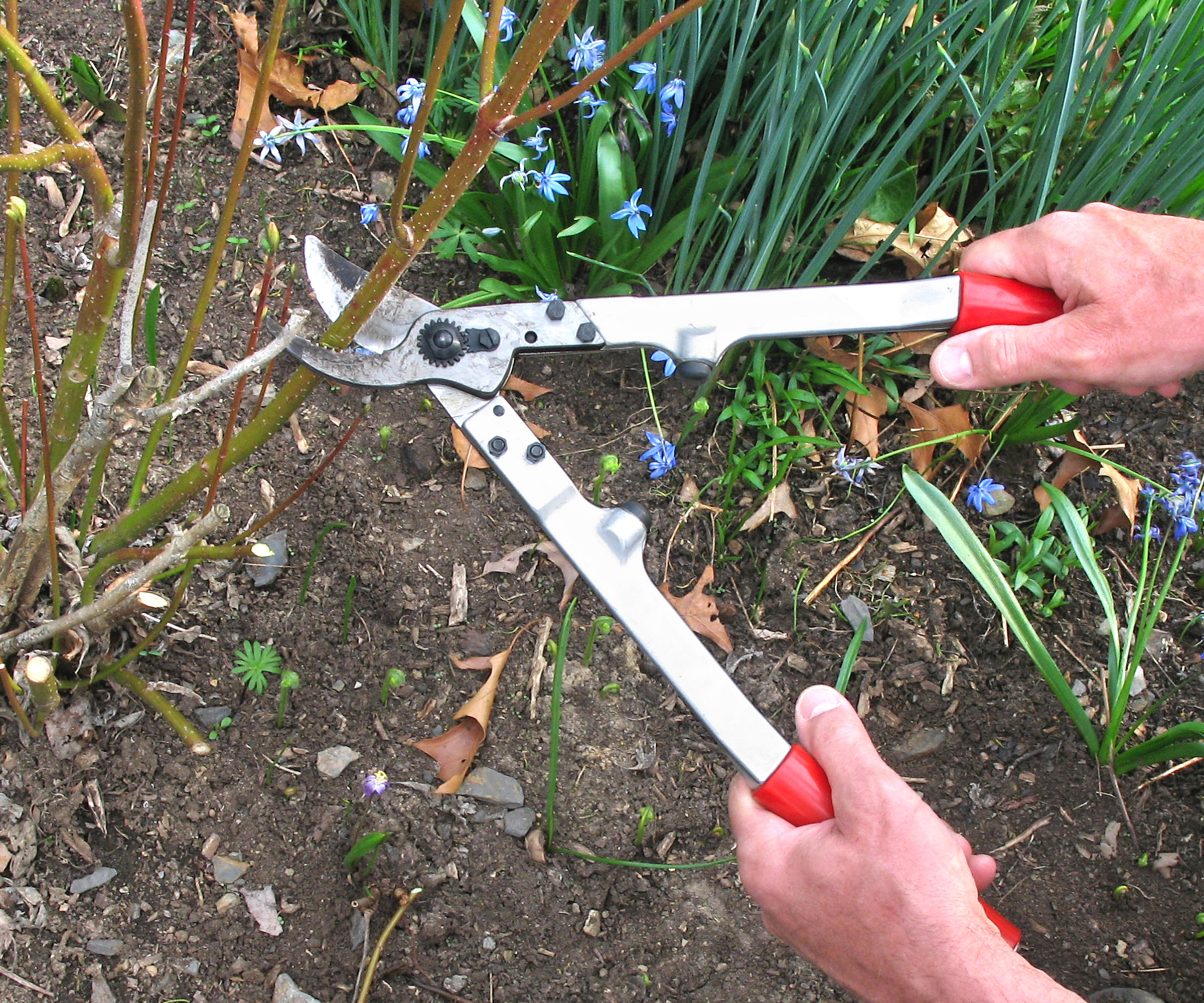
Dogwood (Cornus spp.) shrubs native to North America and suitable for growing in USDA zones 5- 9. They are popular landscaping plants for shady areas. They burst forth with early spring blooms and many species have colorful stems that provide good winter interest.
Sign up for the Gardening Know How newsletter today and receive a free copy of our e-book "How to Grow Delicious Tomatoes".
You can propagate dogwood by taking cuttings in late winter before they come out of dormancy. Look for first-year growth when growing dogwoods, stems that are about the width of a pencil, and that have healthy buds. Cut a stem off just below a leaf node. The cutting will root in water. Once you see healthy roots, you can place the cutting in soil.
3. Hydrangea
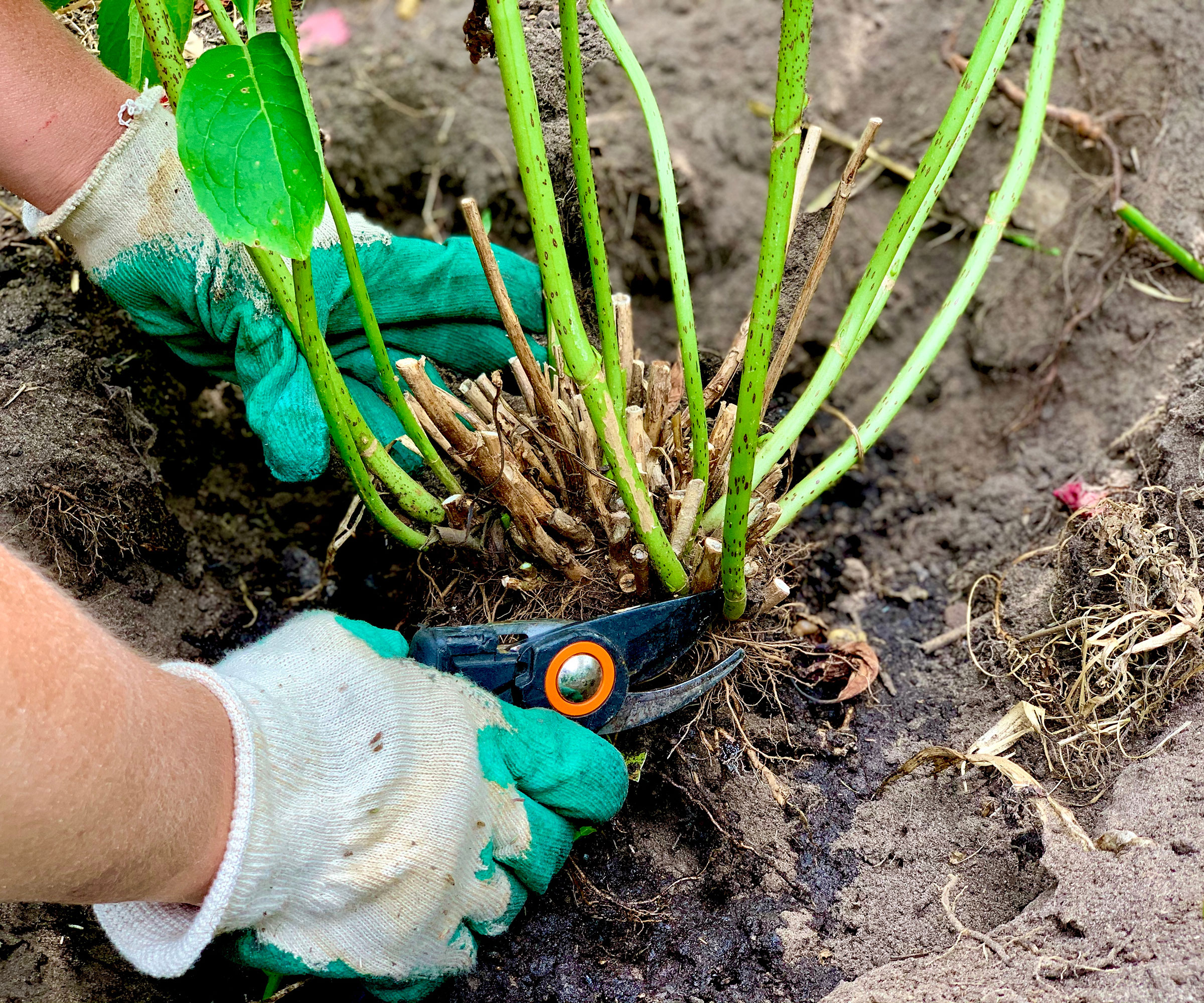
There are several types of hydrangeas, like big leaf (Hydrangea macrophylla) and oak leaf (Hydrangea quercifolia), but all can be propagated in winter through hardwood cuttings. Hydrangeas are popular for their flowers that bloom through summer and into fall. They are suitable for USDA zones 5-9.
Take hardwood cuttings in late fall or early winter, and root in moist potting mix or sand. Make the cutting below a node and dip it in a rooting hormone for the best results.
4. Spirea
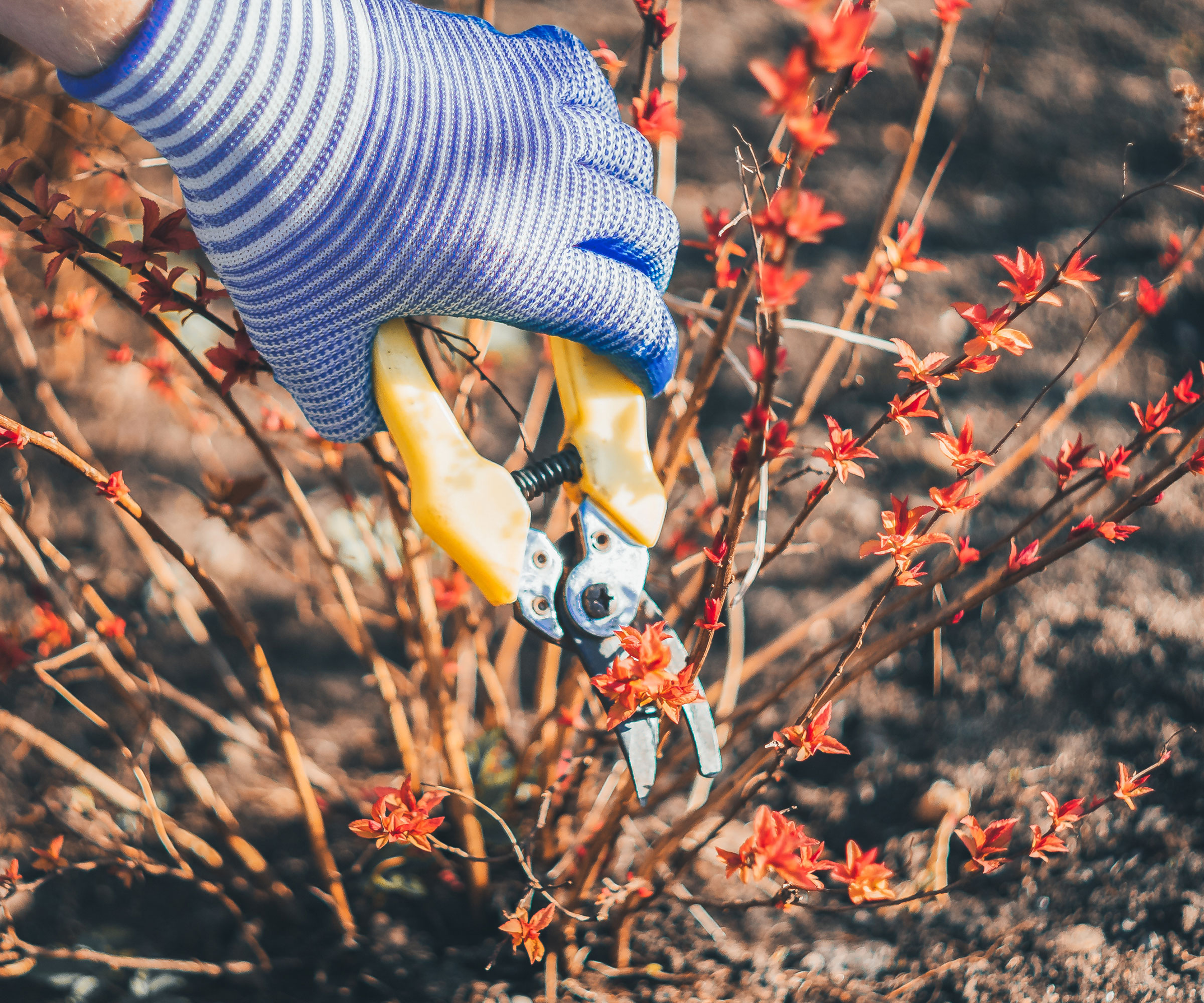
Spirea shrubs (Spirea spp.) are popular in landscaping because they are easy to grow and maintain and come in a range of cultivars. These include species and varieties that are as small as one foot (0.3m) tall and those that can top 20 feet (6m). Most spirea are suitable for growing in USDA zones 4-8.
Take hardwood cuttings in winter with a cut just below a leaf node or bud. Place the cut end in moist potting soil and keep it moist all winter. Look for signs of roots in spring.
5. Wisteria
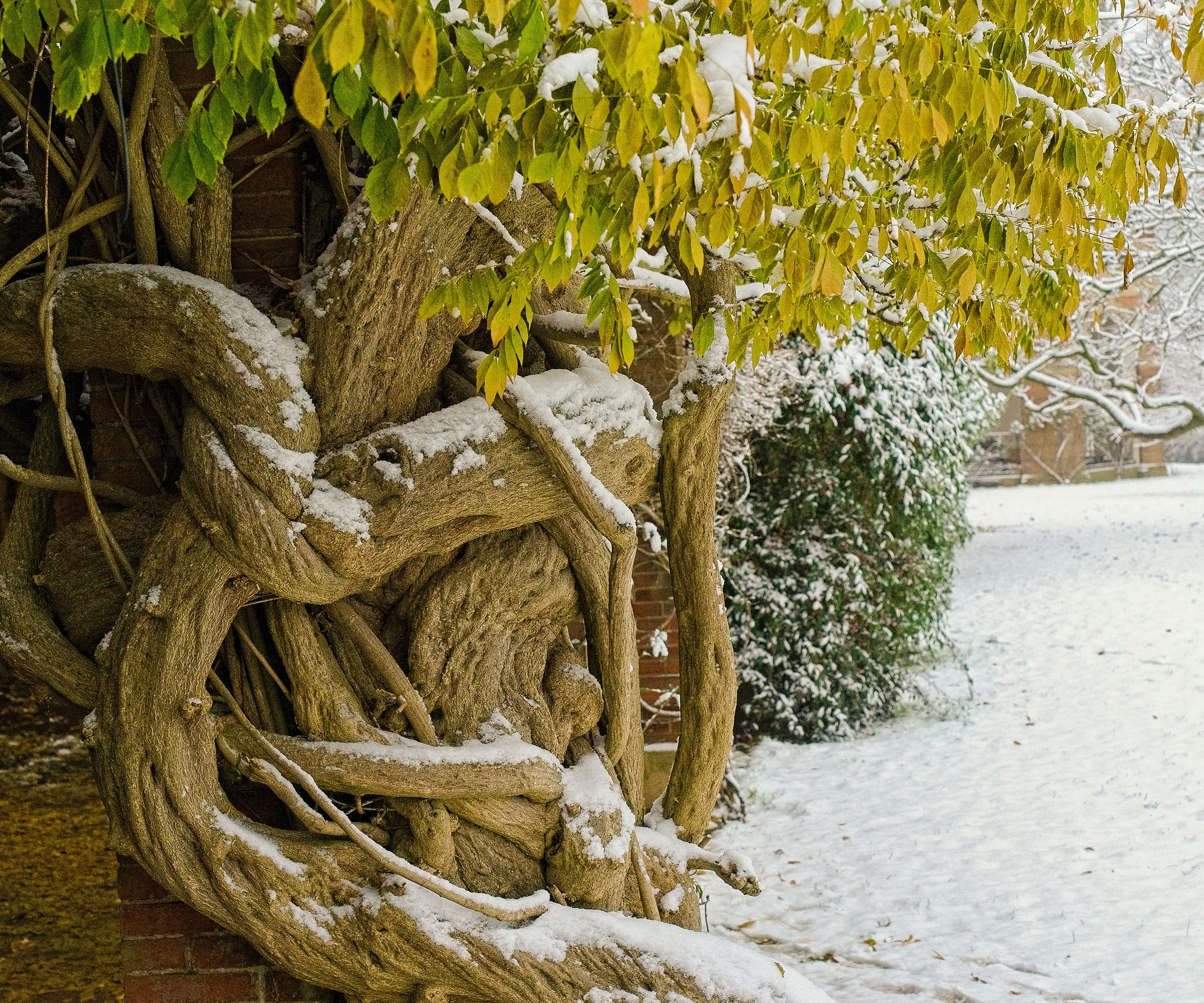
Many vines can also be propagated by hardwood cuttings in winter. All types of Wisteria spp. can be propagated this way. Wisterias are long, fast-growing woody vines prized for their clusters of flowers that bloom in spring and early summer. Chinese and Japanese wisteria are not native. Native American wisteria is smaller. All do well in USDA zones 5-9.
When rooting wisteria plants, take cuttings from the current year’s growth in winter. Cuttings should be made below a bud. You can dip the cut end in rooting hormone to speed the process, but it isn’t necessary. Keep the cutting in moist soil until it roots.
6. Crepe Myrtle

Crepe myrtle (Lagerstroemia indica) is not native to the US, but has become naturalized and is very popular in the south. A small tree, crepe myrtle is grown for its all-year interest: summer flowers, fall color and peeling bark in winter and spring. You can grow it in USDA zones 6-9.
For anyone looking to propagate crepe myrtle successfully, late fall and early winter are the best times to take a hardwood cutting. Cut stems that are about a half-inch (1cm) thick and then place in moist potting soil.

Mary Ellen Ellis has been gardening for over 20 years. With degrees in Chemistry and Biology, Mary Ellen's specialties are flowers, native plants, and herbs.